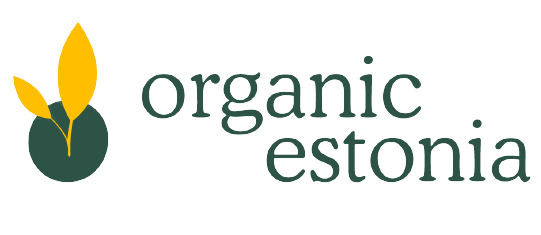The EU organic logo gives a coherent visual identity to European Union produced organic products.
This makes it easier for the consumers to identify organic products and helps farmers to market them across the entirety of the EU.

The organic logo can only be used on products that have been certified as organic by an authorised control agency or body. This means that they have fulfilled strict conditions on how they must be produced, processed, transported and stored.
The logo can only be used on products when they contain at least 95% of organic ingredients and additionally respect further strict conditions for the remaining 5%. The same ingredient cannot be present in organic and non organic form.
Next to the EU organic logo, a code number of the control body must be displayed as well as the place where the agricultural raw materials composing the product have been farmed.
When to use the organic logo
The logo is compulsory for most organic products and must be displayed according to a specific set of rules. This is to prevent consumer confusion, help maintain trust in organic food and support the authorities in their inspection regimes.
The logo must be used by all pre-packaged EU food products, produced and sold as organic within the EU.
Additionally the logo can optionally be used by
- imported products where the product conforms to the EU rules on the import of organic goods
- non pre-packaged organic products
- EU organic products placed on third countries markets
- as part of information campaigns intended to educate the public about the organics scheme (as long as it is not misleading or used to imply that a non-organic product fulfils the requirements of an organic product)
The logo cannot be used for
- products containing less than 95% of organic ingredients
- mass catering operations such as restaurants or hospitals
- products not in the scope of organic rules such as cosmetics or products from hunting and fishing
- products in ‘conversion’ (where organic methods have only just been introduced and there may still be non-organic substances in the soil or animal chain)

